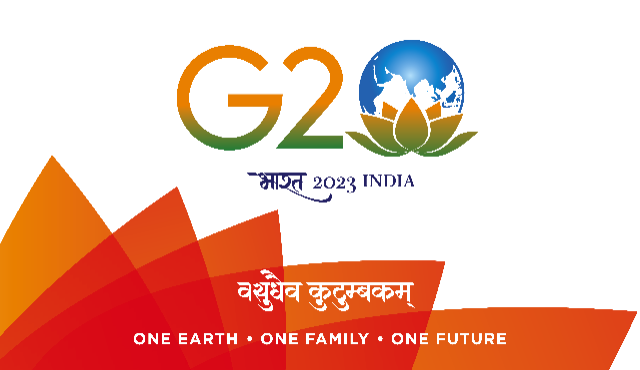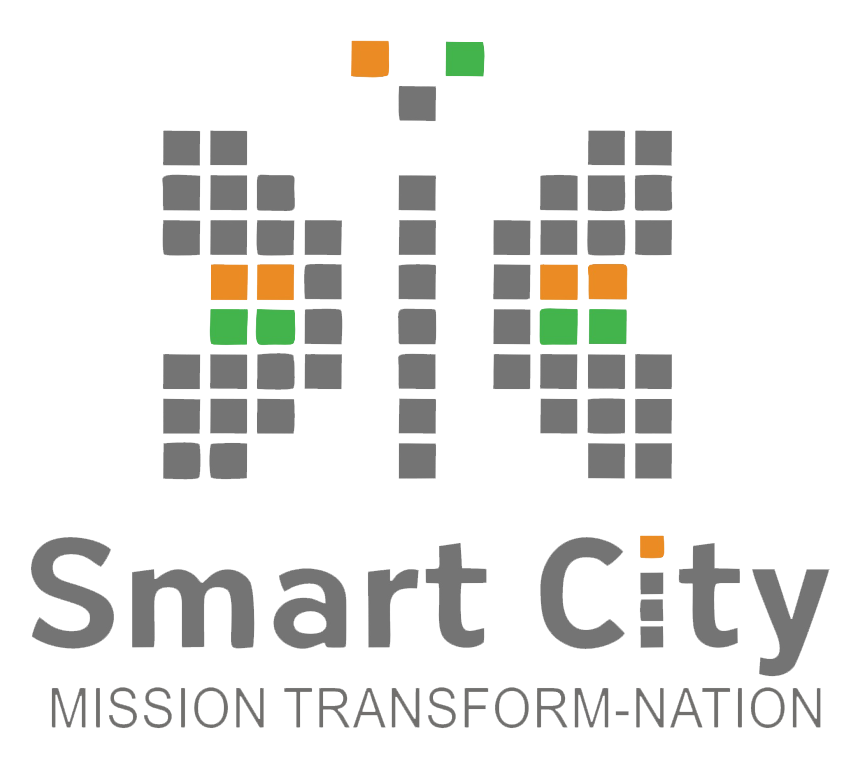



This report is structured in 10 chapters. Chapter 1 addresses the scope of work set out for the Committee. Chapter 2 presents a broad overview of the infrastructure sector and how PPPs are situated in the current context. The Committee touches upon how the PPP ecosystem has transformed over the period, achievements in the country and challenges being faced due to external, legal and statutory developments, financing, contractual and development factors. The concerns and expectations of stakeholders are presented to set the premise for the Committee's research and recommendations. Chapter 3 highlights the implications of country's long term Demographic Dynamics and the strategic role of PPPs for enabling India's transition to a developed market economy by overcoming “the middle income trap”.
Implementation of projects under the PPP framework would entail forging an equitable partnership between different stakeholders in a manner that best delivers services to users. Risks that arise at macro-economic, sectoral and project levels need to be assessed and appropriately managed. The Committee also deliberated on the need for renegotiation provisions in the contracts and their role in project life cycles. Chapter 4 discusses these issues and presents guidance on how these should be managed for the maturing PPP landscape. It is important to address projects for which development activities have commenced and other projects in various stages of the life cycle - such as the construction phase or the early operations phase. Initiatives for resolving the legacy issues are discussed in Chapter 5.
Catering to the needs of the next generation of PPP projects needs systemic improvements and is an ongoing activity. The foundation for achieving better services through more resilient partnership models involves strengthening across the board the capacities of participating stakeholders through policy, governance and institutional mechanisms. Chapter 6 presents the recommendations in this regard. Infrastructure finance has assumed a key role, and the Committee recognizes the relative merits of public and private finance in the off-take of PPP projects. The suggestions for scaling up of finance options are set out in Chapter 7.
PPPs are essentially contractual arrangements that describe the roles, responsibilities, obligations and other technical, legal and commercial aspects usually over long periods of time. There have been multiple requests to revisit contractual documentation being adopted, in order to ensure saliency and to remain up to date with best practices across the globe. Chapter 8 sets out broad directions on improvement in existing transactional and contractual processes. Sector-specific recommendations are spelt out in Chapter 9. Finally, in Chapter 10, the Committee concludes with an indication of the next generation of PPP frameworks that extend to sectors which offer opportunities in PPP project implementation for meeting the expectations of users, government, private sector and other categories of project stakeholders.